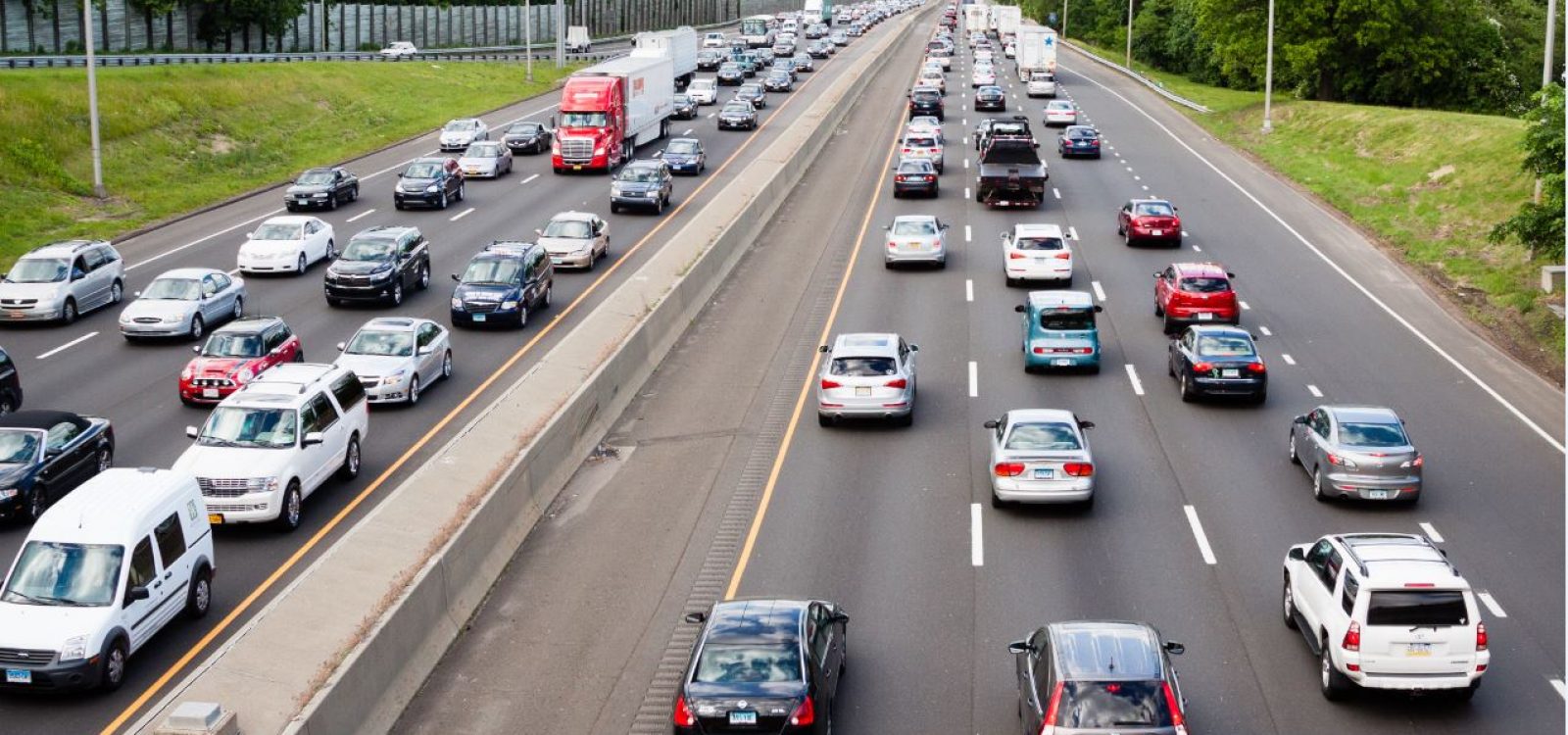
From passive to active safety – Q&A with Doctor Jeremy Woolley
At the dawn of driverless cars, Acting Director of the Centre for Automotive Safety Research, Doctor Jeremy Woolley gives insight into increasingly intelligent road design, automation and blurred crash responsibility on Australia’s roads.

What are some key changes that you have seen over recent years in the areas of Automotive and/or Road Safety?
The emergence of automation and driver assist systems in vehicles – a move from passive to active safety. The world is waking up to the possibilities of driverless vehicles. The massive gains made in occupant protection by manufacturers. The adoption of a more holistic approach to safety – attempts to move away from victim blaming and acknowledgement that regardless of training or skill level, we should expect road users to make errors; we should therefore now create transport systems that accommodate these errors. We basically should not be allowing people to die or be seriously injured from what can be regarded as predictable errors. As an example, we may say that a crash was caused by someone failing to give way. However there are thousands of such crashes across Australia every year. Rather than only trying to enhance the road user, other solutions may lie in the design of the intersection itself or the adoption of intelligent vehicle technologies.
What changes do you see (or would like to see) in the future?
More systemic changes to support a “systems” approach to safety rather than a post-hoc focus on crash events. Managing risk in the system should become a key focus rather than the traditional reliance on crash history and black spot style approaches, which has been useful in the past but is now becoming less relevant. As an example, single vehicle road departure crashes in rural areas occur quite randomly and trying to detect crash clusters and upgrade roads at the sites of these crashes is unlikely to yield the best results. Systemic changes along entire corridors have been shown to deliver much better safety outcomes.
 How do you see the future of research for Injury Schemes developing in Australia over the next 5-10 years? What are the challenges?
How do you see the future of research for Injury Schemes developing in Australia over the next 5-10 years? What are the challenges?
Responsibility for crashes is likely to become more blurred as automation takes hold. A better understanding of human factors may lead to a differing interpretation of what performance we should reasonably expect from road users – in many cases we currently set people up for failure given the environments and situations we place them in.
There are likely to be increasing contrasts in safety: metropolitan driving will become much safer than rural driving; motorcyclists and cyclists will become increasingly over-represented in injury statistics.
Understanding the mechanisms behind serious injury will need to become a major focus into the future; this will require the coordination of national databases, linking of differing datasets and more in-depth investigation of crashes.
With increasing automation and technology, there is the potential to collect data that sheds light on things that could not previously be measured. Event data recorders provide an example of this however vehicle to vehicle communication and vehicle to infrastructure communication could also generate significant amounts of useful data. This presents a challenge as to who can access the data and under what circumstances.
A significant challenge is the integration of workplace health and safety (WHS) with road safety. It needs to be recognised that transport related death and injury is one of the most important issues facing workplace safety.
What will your upcoming session at the Injury Schemes Seminar focus on?
All of the above!
How do people end up in road safety research?
There are many pathways into road safety research as the field is truly multidisciplinary. Generally there are no undergraduate university courses specifically on road safety so people tend to come in from various professions or conduct postgraduate study in the area.
Road safety overlaps with an incredible variety of areas covering human factors, behavioural studies, health sciences, biomechanics, statistics and data analysis, public policy, economics, marketing, automotive engineering and civil engineering to name a few!
The area provides incredible challenges around influencing individuals and the community within an incredibly complex transport environment. I suspect that most people working in road safety research can at some point have the quiet satisfaction that their work can go a long way to reducing death and injury across the community.
What is the function of the Centre for Automotive Safety Research? How does CASR undertake this function? (i.e. what activities? Research? etc..)
CASR is an internationally recognised multidisciplinary research centre based at the University of Adelaide. Formerly the Road Accident Research Unit, we have been conducting research in the area of road safety for almost 50 years. One important aspect of our work is at scene crash investigation where we send out investigators to crashes to collect data and conduct follow up discussions with crash participants. CASR has a team of 20 people from a diverse range of backgrounds including psychology, mechanical engineering, civil engineering, health sciences, mathematics, physics and information management.
We conduct research into many areas of road safety and have considerable expertise in pedestrian safety, crash data analysis, countermeasure evaluation and knowledge transfer. Our crash laboratory conducts pedestrian crash tests for the Australasian New Car Assessment Program (ANCAP) and we play a crucial role in providing evidence for road safety policy at state and national levels. CASR is a self-funded research centre that receives core funding from the Motor Accident Commission and the Department of Planning, Transport and Infrastructure in South Australia.
It’s not too late to register for the 2015 Injury Schemes Seminar. View the program and register now for the event on 8-10 November at the Hilton, Adelaide.
CPD: Actuaries Institute Members can claim two CPD points for every hour of reading articles on Actuaries Digital.






